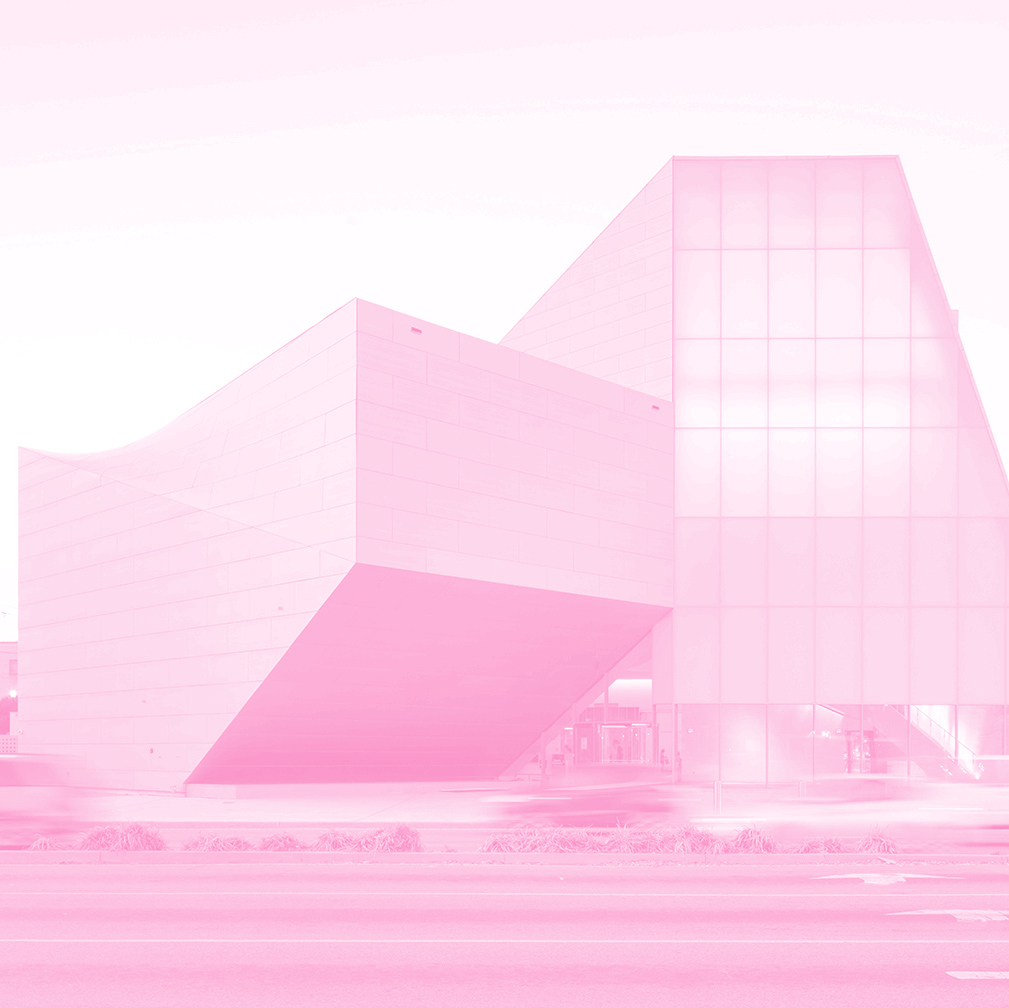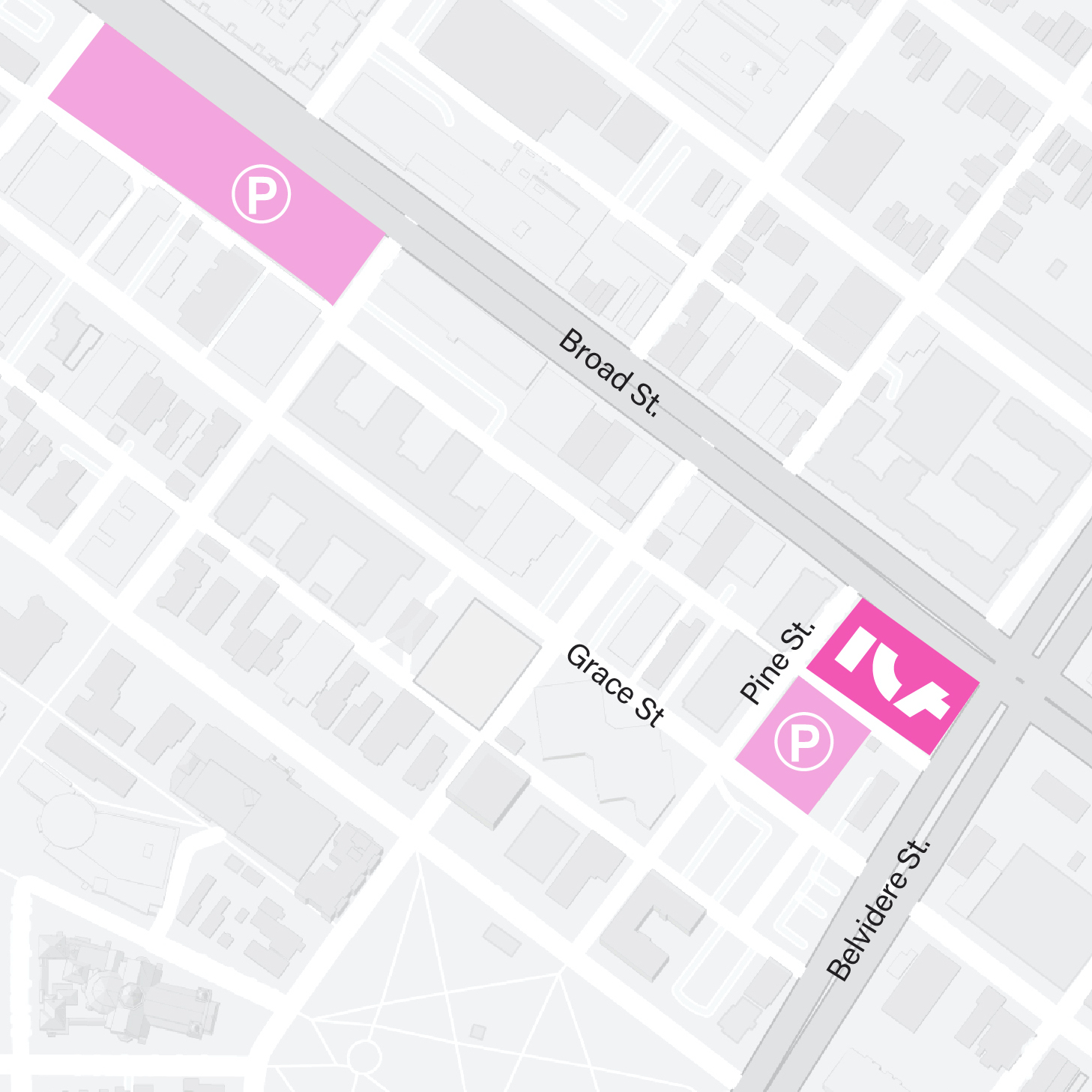Crichoues Indignation, installation view, The Hole, 2020. (artwork © Caitlin Cherry, photograph by Nicholas Bruno)


Crichoues Indignation, installation view, The Hole, 2020. (artwork © Caitlin Cherry, photograph by Nicholas Bruno)


Crichoues Indignation, installation view, The Hole, 2020. (artwork © Caitlin Cherry, photograph by Nicholas Bruno)


Crichoues Indignation, installation view, The Hole, 2020. (artwork © Caitlin Cherry, photograph by Nicholas Bruno)


Caitlin Cherry: Eigengrau
Sep 6, 2024 – Mar 9, 2025
Caitlin Cherry draws on painting, sculpture, and installation in her multifaceted practice, coalescing into articulate and alluring representations of Black femininity. Filtering these media through layers of digital manipulation, her work draws parallels between Black femme bodies, which are frequently commodified and positioned as sexual assets, and the seductiveness of art objects in the commercial gallery circuit. This exhibition, Eigengrau, centers on a single installation, which is envisioned as a composite of a computer cluster, or “render farm,” used to process a large amount of graphic data, such as for visual effects for computer games or film, and is a storage system used by museums.
Cherry has a long-standing interest in technology and how it influences the notions of contemporary female identity. Through the structure of a render farm, Caitlin repositions a painting as a graphics card, which converts information to a computer monitor. Paintings become storage cards of digital visual information; this mirrors their role as coveted analog cultural artifacts in Western society, spending most of their shelf lives tucked away in art storage units similar to the installation presented and not in exhibition. This installation, which allows viewers conditional access to drawers that they can open to view the artworks within, places the audience in the “back rooms” of a cultural production powerhouse, usually the sort that is tucked away behind locked doors.
The title Eigengrau, which means “intrinsic grey” in German, is a dark grey color that one sees when they shut their eyes and describes a unique phenomena of visual noise. Cherry conceptualizes a lack of perceptibility while simultaneously representing the extreme ease of access of information and images in the age of social media. An earlier version was exhibited at the artist’s New York City gallery, The Hole, in 2020. This version has been created specifically for the Luck Gallery at the ICA. For each presentation, the sculpture has been adapted to respond to, and in this case reflect, the institutional environment in which it is placed.
Caitlin Cherry is currently Assistant Professor of Painting and Printmaking at Virginia Commonwealth University and was the founder of the online program Dark Study, a contra-institutional space for radical learning about art and theory.
Eigengrau is curated by former ICA Director, Dominic Asmall Willsdon.
The exhibition’s presentation at the ICA at VCU is made possible by generous support from:
Pam Royall
Jay Barrows
Jim Klaus
Ashley Kistler
Sharon Larkins-Pederson and Edson Pederson
Margaret Lewis
Celia Rafalko
Caroline and Richard Wright
Cherry’s paintings feature larger-than-life subjects in striking color: Black femme figures, familiar composites drawn from an image culture that thrives on appropriating these women’s likeness while rarely crediting their creativity. Across her recent work, these women’s bodies are overlaid with cryptic alphanumeric symbols—kaleidoscopic incursions that refer back to the codes and algorithms that power our media landscape, fueling the algorithmic tools of Black culture’s dissemination and extraction. They also play at themes of authenticity and authentication, gesturing towards the PIN numbers and digital locks that facilitate the online sale of artificially-editioned art. While the women on view would seem to bare it all, the invocation of cryptography suggests a layer of nuance and agency—a reproach to the traditional female nude figure who passively abides her own sexualization.

 Closed
Closed

 Area Map
Area Map  Parking
Parking